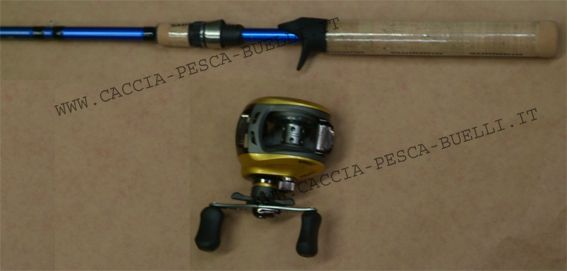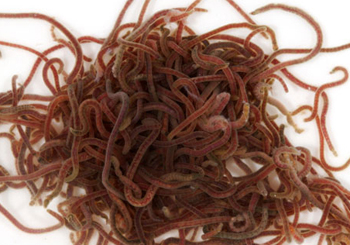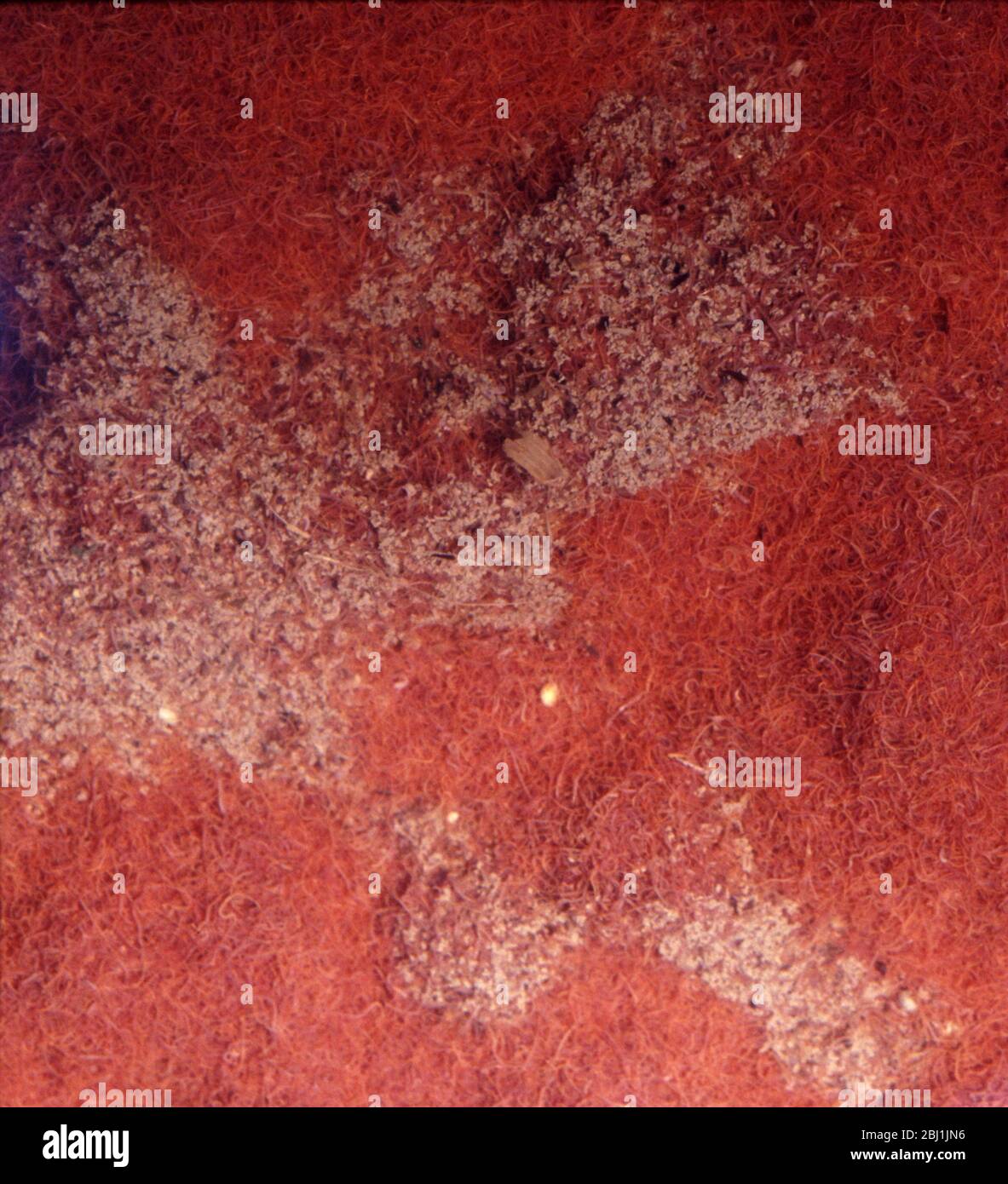Tubificid Worms (Tubifex Worms) Missouri Department of Conservation
$ 20.00 · 4.6 (197) · In stock
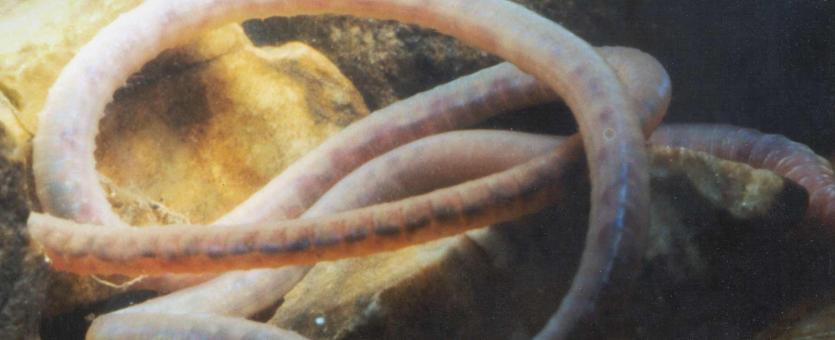
Aquatic worms with segmented, earthworm-like bodies that are round in cross-section (not flattened). Sometimes small bristles are visible. They lack legs, head, and readily seen mouthparts. There are many species; most are red, tan, brown, or black. They move like earthworms, by stretching and pulling. Similar species Some tubificid worms are bright red: they contain hemoglobin, the same oxygen-carrying molecule humans have in our red blood cells. But the wormlike larvae of some midge flies (family Chironomidae) also possess hemoglobin and are also red. Thus red tubificid worms and red midge fly larvae are both sometimes called bloodworms. Midge larvae are insects and have distinct heads, leglike appendages, and often feathery structures. Adult horsehair worms are not segmented and are usually quite long for their width; they move by bending, not by stretching and pulling. Leeches are flattened and usually move by swimming or by “looping” inchworm-like with front and back suckers. Flatworms (planarians; turbellarians) are flat; they move on surfaces by a seemingly motionless gliding. The many wormlike larvae of aquatic insects always have some fingerlike, feathery, or leglike appendages, or are plump like caterpillars or grubs.

Tubificid Worms (Tubifex Worms) Missouri Department of Conservation

Aquatic worms (Tubificidae) facilitate productivity of macrophyte
228131, PDF, Surface Runoff

Distribution and Prevalence of Myxobolus cerebralis in Postfire
Tubifex Worm, SEM Stock Image C020/0676 Science Photo Library

Real Monstrosities: Tubifex

Water, Free Full-Text

Aquatic worms (Tubificidae) facilitate productivity of macrophyte

Tubificid Worms (Tubifex Worms) Missouri Department of Conservation

Aquatic worms (Tubificidae) facilitate productivity of macrophyte
Tubifex Worm, SEM Stock Image C020/0676 Science Photo Library
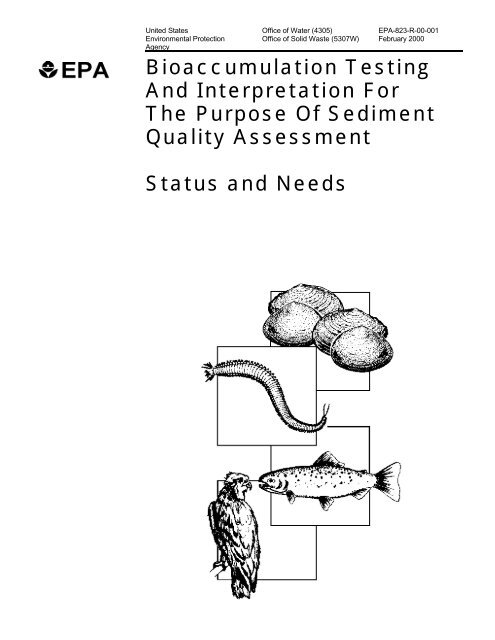
Bioaccumulation Testing And Interpretation For The Purpose Of

PDF) Performance of Chicken Blood for the Production of Tubificid
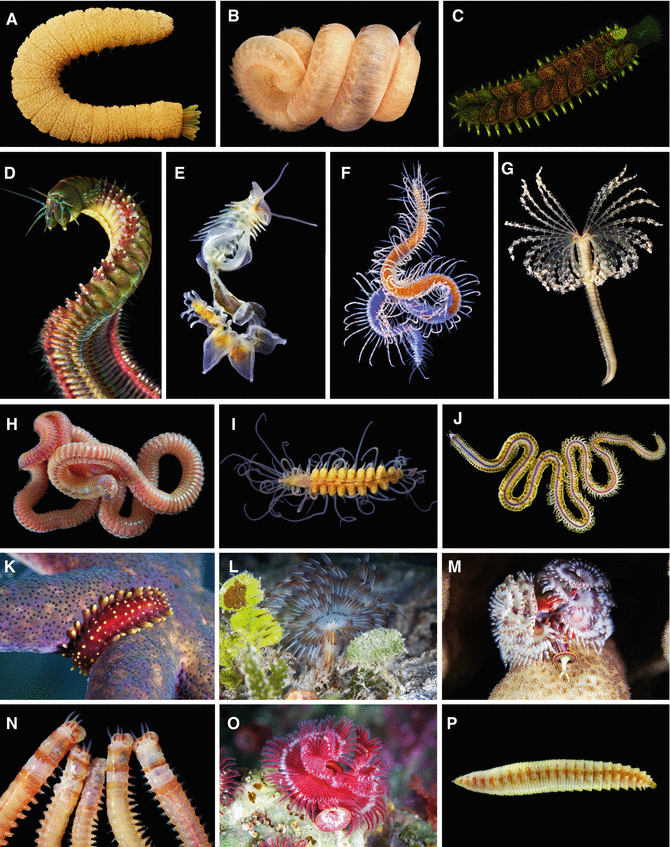
Annelida SpringerLink





